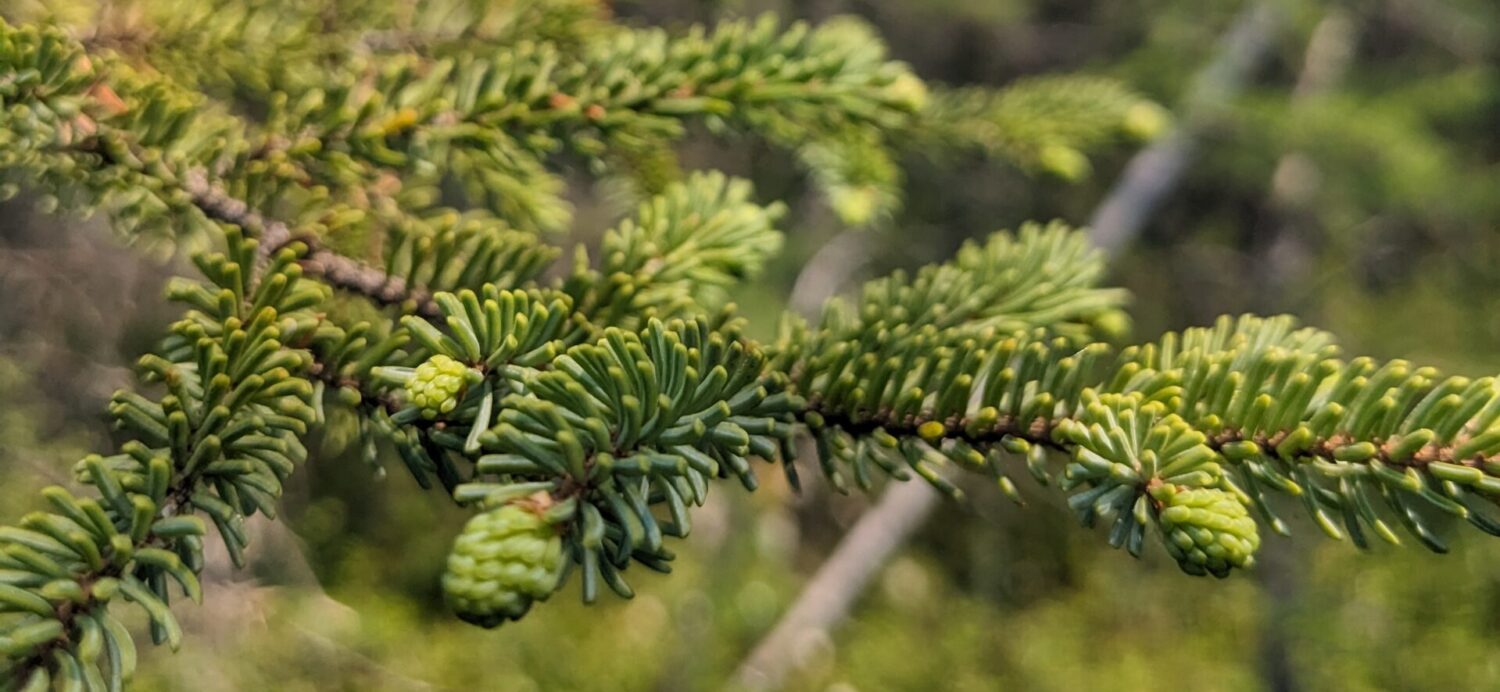In the insect world we often hear about the diversity of insects and especially beetles (Coleoptera), but there is mounting evidence that the diversity of wasps may be even greater.
In fact, wasps may be some of the most diverse insects in the world.
And a recent book by behavioral ecologist at University College London, Seirian Sumner titled, Endless Forms: The Secret World of Wasps helps to understand the depth of that diversity.
Like any normal person, I tend to have negative connotations when wasps come to mind. But Sumner is not a normal person, and because of that she is able to provide some unique insight into their remarkable diversity.
In today’s post, I want to share a little about what I have learned about wasp diversity from reading her book and how my appreciation for these fascinating insects has grown.
How Many Species are There?
Ants, bees, sawflies, and wasps make up the Hymenoptera order. According to Sumner, ants and bees evolved from wasps. There are somewhere between 80,000 and 100,000 named species of wasps.
For reference, there are about 1 million described insects. So wasps alone could make up about 10 percent of the known insect world! That’s incredible!
And scientists and entomologists estimate that this only accounts for a small fraction of the number of species that have yet to be identified. As much as 80 percent of the Earth’s insect species unnamed.
Unique Evolutionary Anatomy
Over the course of millions of years, wasps have evolved a wide range of unique anatomical structures.
One of these is the stinger. Not all wasps have stingers and those that don’t tend to be more closely related to older ancestral species.
For example, the pigeon horntail (Tremex columba) I first came across in Michigan’s Upper Peninsula this past summer has what appears to be a large stinger. However, this is an ovipositor which is instead used to lay eggs under the bark of hardwood trees.

What began as a unique physical feature for depositing eggs safely away from predators also allowed certain species the evolutionary base to develop a stinger.
Many social and solitary wasp species use stingers to either paralyze prey or ward off predators from their nest.
The Solitary Species
Other types of wasps that many may be somewhat familiar with are the solitary parisitoid wasps. These species can sometimes be found dragging paralyzed spiders across the ground toward their burrow.
In fact, much of the divsity of wasps may be due to the diversity of parisitoid wasps, because many feed exclusively on a single or few host species.
I have occassionally come across these solitary hunters, sometimes dragging a huge arachnid back to their nest.
According to Sumner’s book, solitary wasps can pick up on the pharamones of their prey to hunt down in the leaf litter or even in their web.
Generally, the wasps that hunt spiders in their web focus their energy on orbweaver species as opposed to some of the more densely structured funnel spider species.
Spiders that weave 2-dimensional webs are evolutionarily older than their 3-Dimensional funnel-weaving cousin. It is also less risky for a wasp to attack a spider in these 2D structures than it would be to attack one in a densly woven 3D web.
When the wasp finds her prey, she will work quickly to sting the spider and inject her venomous concoction, rendering it paralysed, but not dead. This way she can keep it fresh while she brings it back to her waiting burrow.
Once safe in the burrow, she will deposit her eggs onto the paralyzed spider, seal it in the chamber alone and completely leave her offspring to fend for themselves. When the eggs hatch, they will devour the spider while it is still alive. (Getting hungry?)
The Gall Wasps
One type of wasp that I find especially interesting are the gall wasps (family Cynipidae), which Sumner hardly mentions in her book. During a recent project on the Hoosier National Forest I found the remains of a gall cluster I had never seen before (pictured below).

With a little research I was able to identify them as originating from the clustered midrib gall wasp (Andricus dimorphus).
This is where those ovipositors mentioned earlier come in handy. The female wasp injects her eggs into the woody midrib of the leaf where they will secrete a unique hormone that triggers the tree to grow these galls where the developing larvae can continue to grow.
As the growing wasps finish their transformation, they will eventually chew their way out of the gall and emerge as adults.
Sumner’s book covers so much more about many aspects of wasp’s life history and diversity that I didn’t cover. Hopefully you have grown an appreciation for wasps the way I have.
To learn more about the diversity of wasps, check out her book and tell me what you think. Or, if you’ve already read it, share your insights below.
*As an Amazon Associate, I earn from qualifying purchases.*

